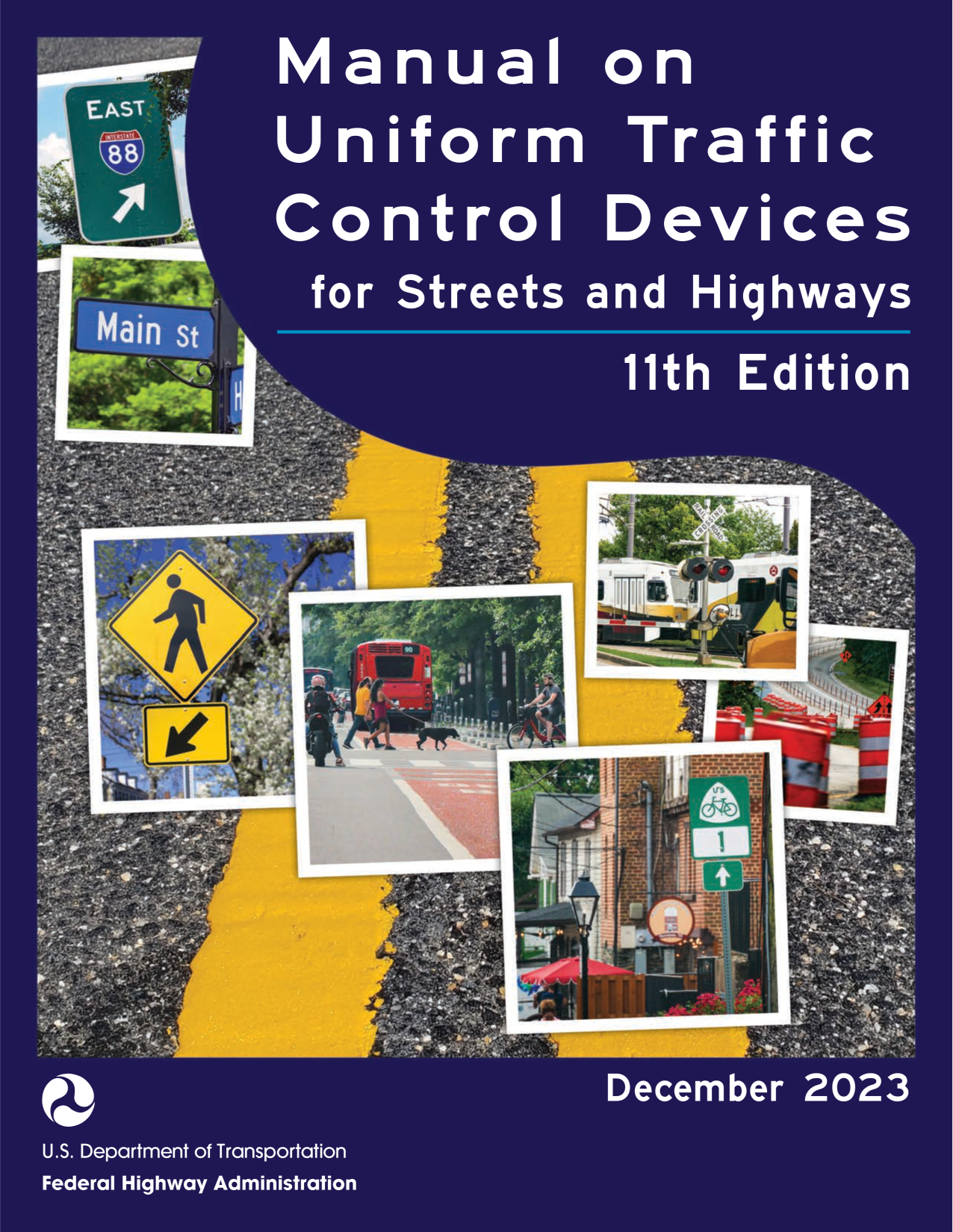What is MUTCD compliance and why is it important?
Posted by Jeff Dornbos on 4th Mar 2024

The Manual on Uniform Traffic Control Devices (MUTCD) is a document issued by the Federal Highway Administration (FHWA) in the United States. It sets the standards for the design, installation, and use of traffic control devices, including road signs, signals, and pavement markings, to promote safe and efficient traffic flow on the nation's roadways. Here's why compliance with MUTCD standards is crucial:
1. Consistency and Uniformity
MUTCD ensures a uniform and consistent system of traffic control devices across the country. This standardization helps drivers recognize and understand signs, signals, and markings regardless of where they are driving.
2. Safety
Compliance with MUTCD standards enhances road safety by providing a consistent and clear set of guidelines for the design and placement of traffic control devices. This helps minimize confusion and promotes predictability for drivers.
3. Legal Requirement
Many jurisdictions have adopted the MUTCD as a legal standard for traffic control devices. Compliance with MUTCD standards is often a legal requirement for road agencies and construction projects, and failure to adhere to these standards can have legal implications.
4. Federal Funding Eligibility
In the United States, federal-aid highway funds are typically contingent on states and localities following MUTCD guidelines. Adhering to MUTCD standards is often a prerequisite for receiving federal funding for transportation projects.
Following MUTCD guidelines can help reduce liability for road agencies and construction projects. If an accident or injury occurs and it is determined that non-compliance with MUTCD standards played a role, there may be legal consequences.
6. Public Trust and Confidence
MUTCD compliance helps build public trust and confidence in the transportation system. When road users can rely on consistent and well-designed traffic control devices, it contributes to a positive perception of traffic management and safety.
7. Adaptation to Changing Conditions
The MUTCD is periodically updated to reflect advancements in traffic engineering, technology, and changes in road use patterns. Adhering to the latest MUTCD standards allows transportation agencies to adapt to evolving conditions and incorporate improvements in traffic control.
MUTCD standards are based on research and best practices in traffic engineering. Following these standards ensures that traffic control devices are effective in conveying information to road users, reducing the likelihood of accidents and improving traffic flow.
In summary, adherence to MUTCD standards is essential for promoting safety, maintaining consistency, meeting legal requirements, and ensuring the efficient functioning of the transportation system. It is a critical component of responsible traffic engineering and management.




